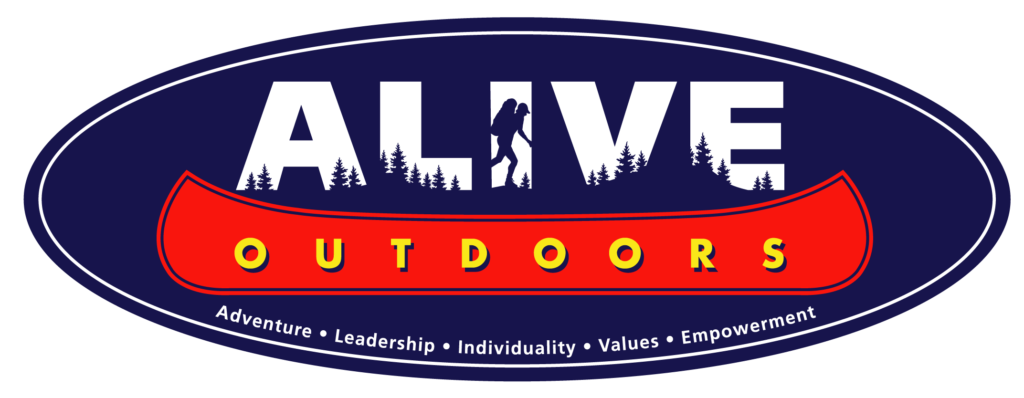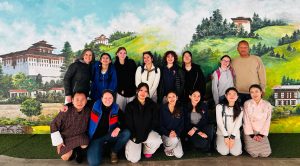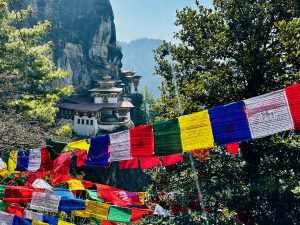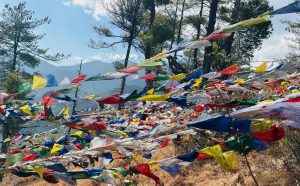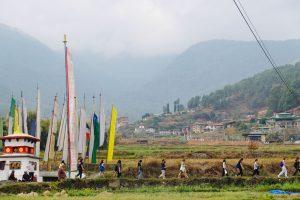This ain’t a beach vacation! Welcome to Grand Bahama – A refreshingly hopeful Global Learning Program.
- Posted on
- By Ryan Howard & Kristin Read
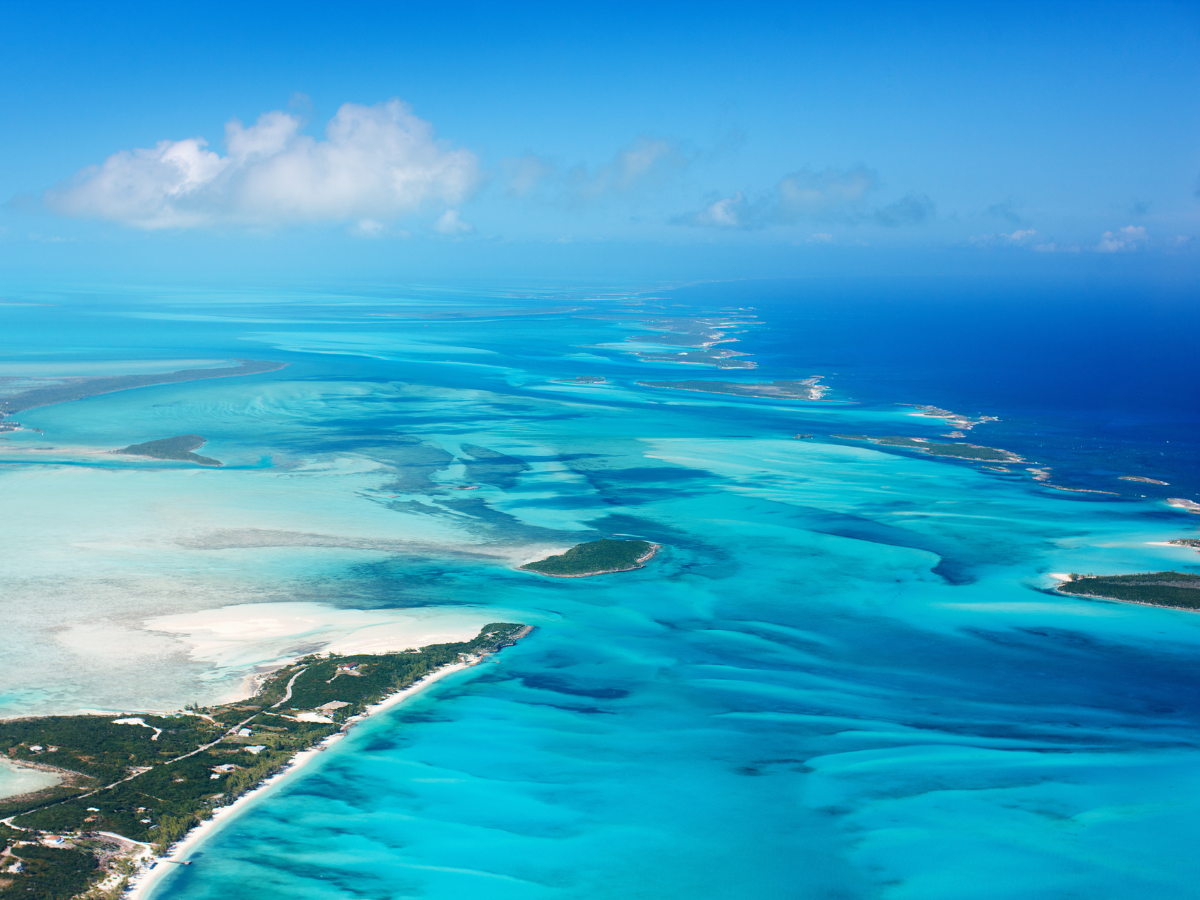
When you hear “Bahamas,” most people think of private beach houses, mega resorts, or a sailing and fishing paradise. However, we learned that this image of the most northerly Caribbean island barely scratches the surface of a place of deep hope, perseverance, and pride. Grand Bahama has all the elements of a great love story: the dreamers, the passion, and the heartbreak. Come along for the ride.
It all started with the plan to build a marine ecosystems and science program to help connect students with the ocean. We departed for Grand Bahama as it fit much of our criteria as a suitable location and we had a couple of local contacts willing to meet us. What we ended up with after five days on the island was so much more than we had ever imagined.
A little context. We set ourselves a few design goals for this program. Create a global learning program that meets the following criteria:
- Less than half a day of travel from Toronto/Montreal
- Deeply experiential in design, and gives students a reason to care about the ocean and environment through connection with experts in marine
- Connects students to globally minded and time-sensitive topics that could change the course of their lives and inform their decisions about our collective future
- Is supported by the local community through partnerships and practice
What We Came to Learn, and Why it Matters.
Our recent journey to Grand Bahama was a profound exploration into the heart of a community deeply committed to environmental conservation, sustainability, and marine education. We were so touched by how generously the island’s residents welcomed us; they offered such warmth, and it was evident they had an unwavering passion for preserving their natural heritage, reflecting a collective vision for a healthy and diverse future in the face of decades of uncertainty and loss.
More than five years have passed since Hurricane Dorian unleashed its devastating force upon Grand Bahama, yet the scars it left behind are still evident and a daily reminder of the island’s precarious future. The hurricane’s impact extends far beyond the damaged infrastructure and the countless people still unaccounted for after the flooding receded. Dorian severely altered the island’s natural ecosystems and vital defences against Mother Nature’s relentless pressures on an island with one of the lowest average elevations. The water is coming, was a common message and a driving perspective with everyone we met. Notably, 73% of the mangroves on Grand Bahama were destroyed, equating to over 44,000 acres of vital coastal forest, serving as natural barriers against storm surges, nurturing grounds for marine life, and essential components in carbon sequestration. In response to this ecological crisis, our students will engage in critical mangrove restoration projects run by community groups. Collaborating with local experts, they will actively participate in replanting efforts to rejuvenate these essential ecosystems. This hands-on involvement not only aids in environmental recovery but also instills a profound sense of stewardship and responsibility in the next generation. It is hard not to care about the importance of the mangroves when you experience the passion of the community groups actively involved in their restoration projects and the starkness of wading through the mud in the coastal planting grounds.
The program will expose students to groups engaged in world-class social enterprises that are innovating in the space where community and environmental action meet business and entrepreneurship. These innovators demonstrate that it is possible to pursue successful careers while keeping environmental sustainability and change at the forefront of their mission. Their dedication offers our students tangible examples of how passion for the environment can translate into impactful and rewarding professions.
A highlight of our visit was learning about the importance of Conch within the community and the initiatives at the Queen Conch hatchery. The Queen Conch is not only a cultural and culinary staple but also a species under threat due to overfishing and poaching. Despite regulations, populations continue to decline, with some areas experiencing a 91% decrease in adult conch density over two decades. Local conservationists are employing meticulous and scientific methods to encourage the reproduction of this threatened species, offering hope for its future sustainability. We are excited for our students to get involved with these initiatives and learn about some of these scientific methods that may apply to other fields of science and business they may be interested in.
The island’s commitment to marine conservation extends to pioneering coral restoration techniques. We learned about coral gardens and reef balls—specially designed concrete structures that promote coral growth and provide habitats for diverse marine species. These efforts are crucial, as many coral species are highly sensitive to environmental changes and face the threat of extinction.
A notable contributor to these restoration efforts is Coral Vita, a company dedicated to reviving dying coral reefs. They employ advanced methods to grow diverse and resilient corals in land-based farms, which are then transplanted into degraded reefs. This approach not only accelerates coral growth but also enhances their adaptability to changing ocean conditions. By integrating Coral Vita’s innovative techniques, the island is making significant strides in restoring and preserving its vital coral ecosystems. We can’t wait to show students their important work.
Our students will also engage with the Bonefish & Tarpon Trust, an organization dedicated to the conservation of bonefish and tarpon populations. Bonefish are integral to the island’s recreational fishing industry and play a significant role in the local economy. Through this collaboration, students will gain insights into sustainable fishing practices and the importance of preserving these species and their habitats for future generations.
From a more practical perspective, students will be engaged in marine exploration from an immersive and experientially designed sequence of aquatic experiences. During our scouting trip we have identified several key locations where students will have the opportunity to engage in exploration and science-based activities in and around healthy reefs, dying reefs, and reefs undergoing restoration. Local experts will join us for these in-water excursions to share and mentor students in science, conservation, and snorkelling techniques. Being in the water with aquatic species, corals, and seagrass is a big component of this program. Students will have the chance to work with experts in their fields, from Marine Biologists at the University of the Bahamas to local eco-tourism professionals, and diving and snorkelling professionals.
We know that for many of our school partners, placing students into the ocean may bring with it risk management questions and concerns. We hear you. We have built this program to intentionally help students build in-water snorkelling skills in an approachable and controlled environment with professional instruction, all the while having skilled ALIVE instructors overseeing all activities. We believe our approach to managing in-ocean experiences will mitigate the risks of being in the ocean while providing an intimate experience with the natural environment. We know that students need to experience firsthand the marine environment from under the water to start to understand and really care about it. Real action takes real experience.
There were so many important connections we made in Grand Bahama, and we know that each of them will play an important role in making the student program a huge success over the next decade. We want to thank each of them and acknowledge them for the work they do.
Thank you:
- Keith (Uncle Keith) for the life-changing stingray and shark experience, which opened our eyes to understanding the aquatic world in a way few get the chance to. This whole journey started with you.
- Mattias from the University of Bahamas for your empire-building and willingness to entertain all our ideas, we could not imagine this program without your involvement.
- Rudy (Uncle Rudy) for welcoming us into your community, and introducing us to so many wonderful people.
- Jermaine for all your time and energy in helping us meet the right people and feel like Grand Bahama was the right place to offer this type of program. You spent so much time with us, and we are grateful.
- Fred and Melinda, thank you for your split-second willingness to be part of this program and help students see the offshore reef environments in a way only you can provide.
- Barry for sharing your innovative and thoughtful ideas for conserving the reef environment and providing a place to introduce students to the marine environment. We look forward to working with you.
- Nina, your passion for your work and willingness to be part of the students’ explorations of the mangroves and aquatic and terrestrial environments will make a difference in their framing of ecology and biodiversity.
- Tony and your team at the Conch Hatchery, you introduced us to the most incredible and underrated species. The work you do bridges science and conservation in such an impactful way.
- Javan, your passion for your work is a true gem that will show students what caring and action really mean. We look forward to being connected over the long term.
- Fatima, you brought an elegant view of art and culture to Grand Bahama.
- Janet, you entertained our ideas and gave us your time willingly. The connection between historic shipwrecks and conversation and the space your organization holds is a unique gateway into the marine environment and the island’s history.
- Mispha for your enthusiasm to share the vibrant cultural importance of the Straw Market.
So many others, we can’t thank you all enough for welcoming us to who you are and what you do. We look forward to building this relationship with each of you.
Our time in Grand Bahama has been an enlightening journey into a community’s resilience and unwavering dedication to environmental preservation. The experiences and knowledge gained here will undoubtedly inspire our students to champion sustainability and conservation in their future endeavours.

